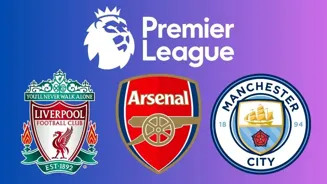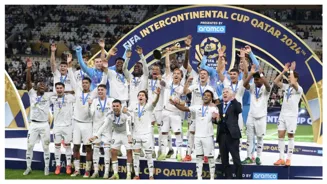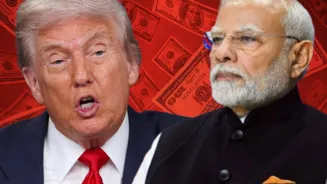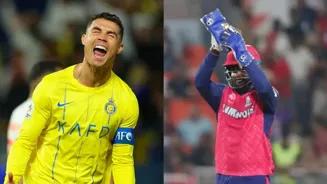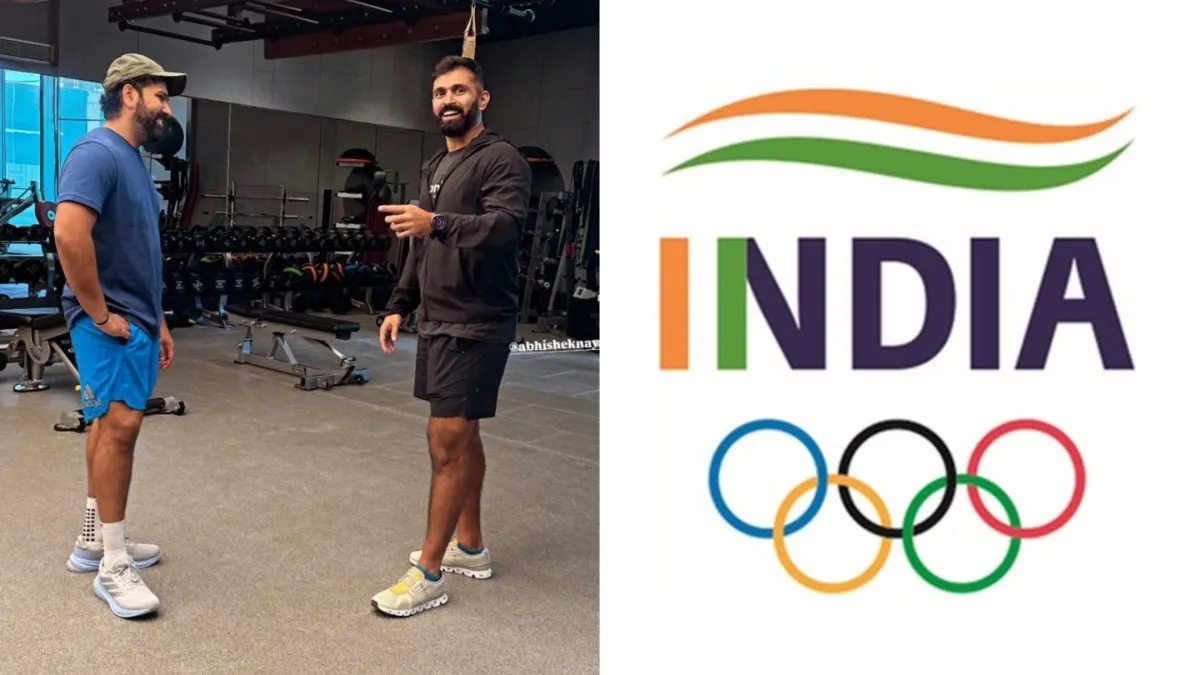Discover how football shaped Indian culture over the years. From radio heroes to global icons, explore its impact
For generations, football, or as many fondly call it, 'the beautiful game,' has been more
than just a sport in India. It's woven into the very fabric of our youth culture, influencing fashion, music, social interactions, and even our aspirations.
From the black and white era of Doordarshan to the HD streams of today, football's journey in India is a fascinating tale of passion, idol-worship, and a gradually growing national identity. Let's take a nostalgic trip down memory lane to understand its impact.
Radio commentary reigns during early days of Indian football, fostering community and passion
In the early days, when television was a luxury, radio commentary was king. Names like Chuni Goswami and P.K. Banerjee were heroes, their exploits echoing through the radios in tea stalls and homes.
The Durand Cup and Rovers Cup were the biggest tournaments, and local clubs like Mohun Bagan and East Bengal commanded a fan following that rivaled Bollywood stars. Youngsters would gather around radios, imitating the commentators, dreaming of scoring the winning goal for their favorite team.
The influence wasn't just about the game itself; it was about community. Matches were events that brought people together, fostering a sense of belonging and shared excitement. These tales become folklore passed down through generations, igniting future passion.
TV introduction of football legends to Indian youth in 1980s
As television slowly made its way into Indian households, the world of football expanded dramatically. Suddenly, we weren't just hearing about Pele; we were seeing him. The 1982 FIFA World Cup in Spain was a watershed moment.
It introduced a new generation to legends like Zico, Socrates, and Paolo Rossi. For many young Indians, this was their first glimpse of international football, and it was mesmerizing. Schoolyards became miniature stadiums as kids tried to emulate their newfound idols.
The 'hand of God' goal by Maradona in 1986 further cemented football's place in the collective consciousness. Though controversial, it added to the drama and mystique of the game, triggering endless debates and discussions among youngsters.
The Premier League boom in 1990s shaped youth culture in India
The Premier League era in the 1990s ushered in a new wave of football fanaticism. With the advent of satellite television, Indian fans suddenly had access to live matches featuring Manchester United, Liverpool, and Arsenal.
Players like Eric Cantona, Ryan Giggs, and Alan Shearer became household names. This era deeply influenced fashion. Kids started sporting jerseys of their favorite Premier League teams, and football-inspired clothing became a staple in youth wardrobes.
The English league’s fast-paced style of play also trickled to local football encouraging players to adapt a similar approach. The intense rivalries between clubs fueled passionate debates in schools and colleges adding another layer to the youth culture.
The rise of Ronaldo and Messi inspires football fans globally
The rise of Cristiano Ronaldo and Lionel Messi in the 21st century has created a new generation of football worshippers. These two icons have transcended the sport and become global brands, inspiring millions of young Indians.
Their work ethic, commitment, and extraordinary talent have made them role models for aspiring footballers and anyone who wants to achieve greatness. Social media has amplified their reach, allowing fans to connect with them on a personal level.
Youngsters follow their every move, imitating their hairstyles, celebrations, and training routines. The Messi-Ronaldo rivalry has also fueled intense debates and discussions, similar to the Beatles vs. Rolling Stones era, but with a football twist.
The ISL elevates Indian football through global exposure and opportunities
Moreover, the Indian Super League (ISL), launched in 2014, has played a significant role in popularizing football at the grassroots level. By bringing international stars and coaches to India, the ISL has raised the profile of the sport immeasurably.
Young Indian players now have a platform to showcase their talent and learn from the best. The ISL has also created new opportunities for fans to attend matches and support their local teams.
The league has inspired pride in Indian football and instilled a belief that India can become a major player on the world stage. The popularity of the ISL reflects a growing interest in homegrown talent and has opened up new career paths for young athletes.
Football's rising influence in Indian youth culture
Today, football’s influence on Indian youth culture is undeniable. It's not just a sport; it's a way of life. It's a source of inspiration, camaraderie, and national pride.
From the dusty grounds of local clubs to the glamorous stadiums of the ISL, football continues to shape the dreams and aspirations of young Indians.
While cricket might still be the king, football is rapidly closing the gap, inspiring a new generation to chase their goals and believe in the power of the beautiful game. The future is bright, and the passion for football in India is only going to grow stronger.
AI Generated Content. Glance/InMobi shall have no liability for the content
